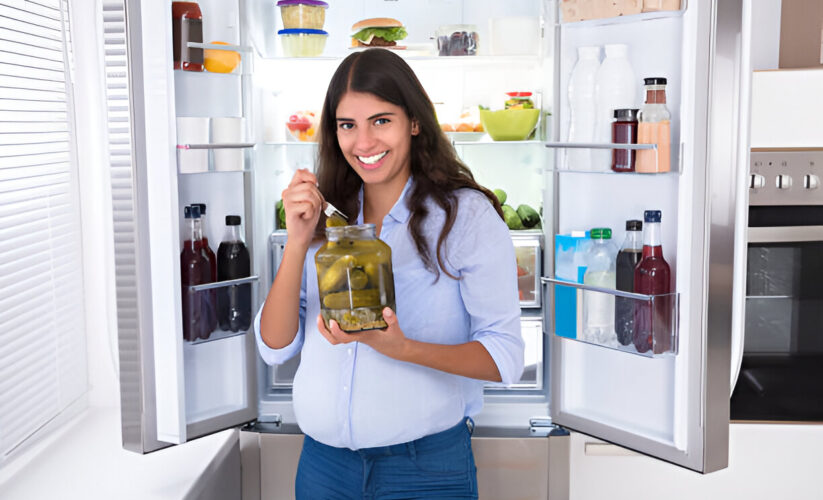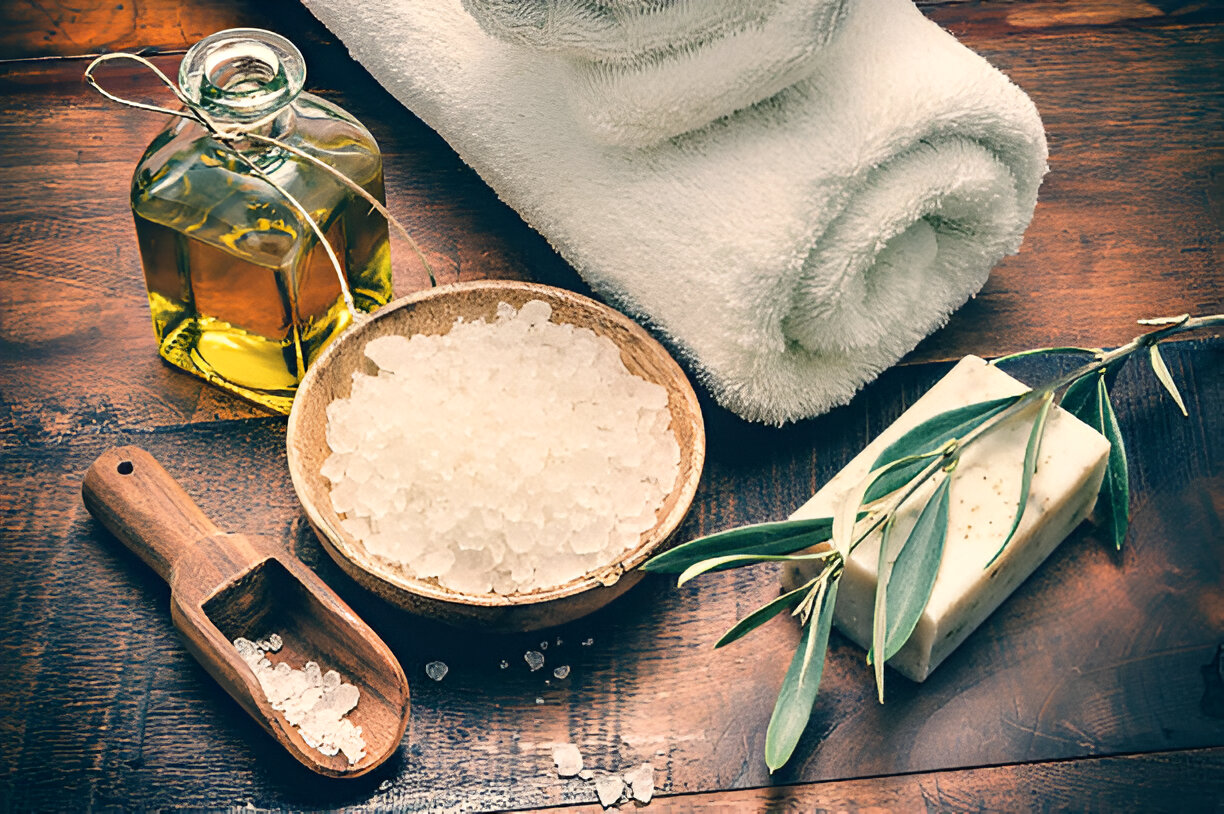
Freezing doesn’t kill microbes, it simply stops them from multiplying. But just like zombies, they can reanimate once defrosted. Thus the importance of bringing your temperatures back up with care.
Every time you refreeze a thawed dish, the quality of the food goes down. There’s more damage to the cell structure, and increased water loss can lead to softer vegetables and tougher meat.
Extra Herbs?
Remove stems from leafy herbs or coarsely chop before freezing.
Toss ‘Em In
To use, add frozen cubes directly to soups and stews, or let them defrost at room temperature.
The Great Melt
Rather than thawing frozen items on the counter, use these preferred methods:
1. Fridge
Slow thawing is your best bet for meats and dairy, since it allows much of the moisture to reabsorb, which prevents dryness. Place wrapped meats on a plate or in a tray to catch any juicy drippings. Smaller items might thaw as quickly as overnight, but most will require more time — give them a day or two. Be sure that your refrigerator is kept at about 36 degrees F.
2. Cold Water
If you forgot to take your meal out of the freezer the night before, or if you have unexpected guests arriving and you need to thaw more quickly — say, in an hour as opposed to over a whole day — there’s a method to defrost speedily. Just submerge the container or freezer bag completely in a big bowl of cold water and refresh every 30 minutes.
3. Oven
Meats, poultry, and casseroles — whether raw or cooked — can go directly from freezer to oven provided you’ve packed them in oven-safe dishware, but be prepared to wait a while for dinner. The rule of thumb is that in order for the food to heat all the way through, it needs to be in the oven 1 1/2 times as long as it would if it were going in at room temperature.
4. Microwave
Defrosting with a microwave may be the fastest approach, but it’s also the most inconsistent. Some parts may get cooked while others merely thaw, for example. Microwaving is best for casseroles and soups, as opposed to for solid things like raw meats. Check the defrosting instructions for your model; you’ll generally want to zap at about 30 percent power, for several minutes, per pound of food.
How Long Will This Last?
In theory, frozen food will keep pretty much indefinitely … but that would defeat our purpose. To get the best flavor from your food, borrow a phrase from an Italian grandmother: “Eat, already!”
12 Months
meats
vegetables and fruits
hard cheeses
tomato sauces
4 Months
ground meat
3 Months
soups
stews
casseroles
cooked grains and legumes
breads





















